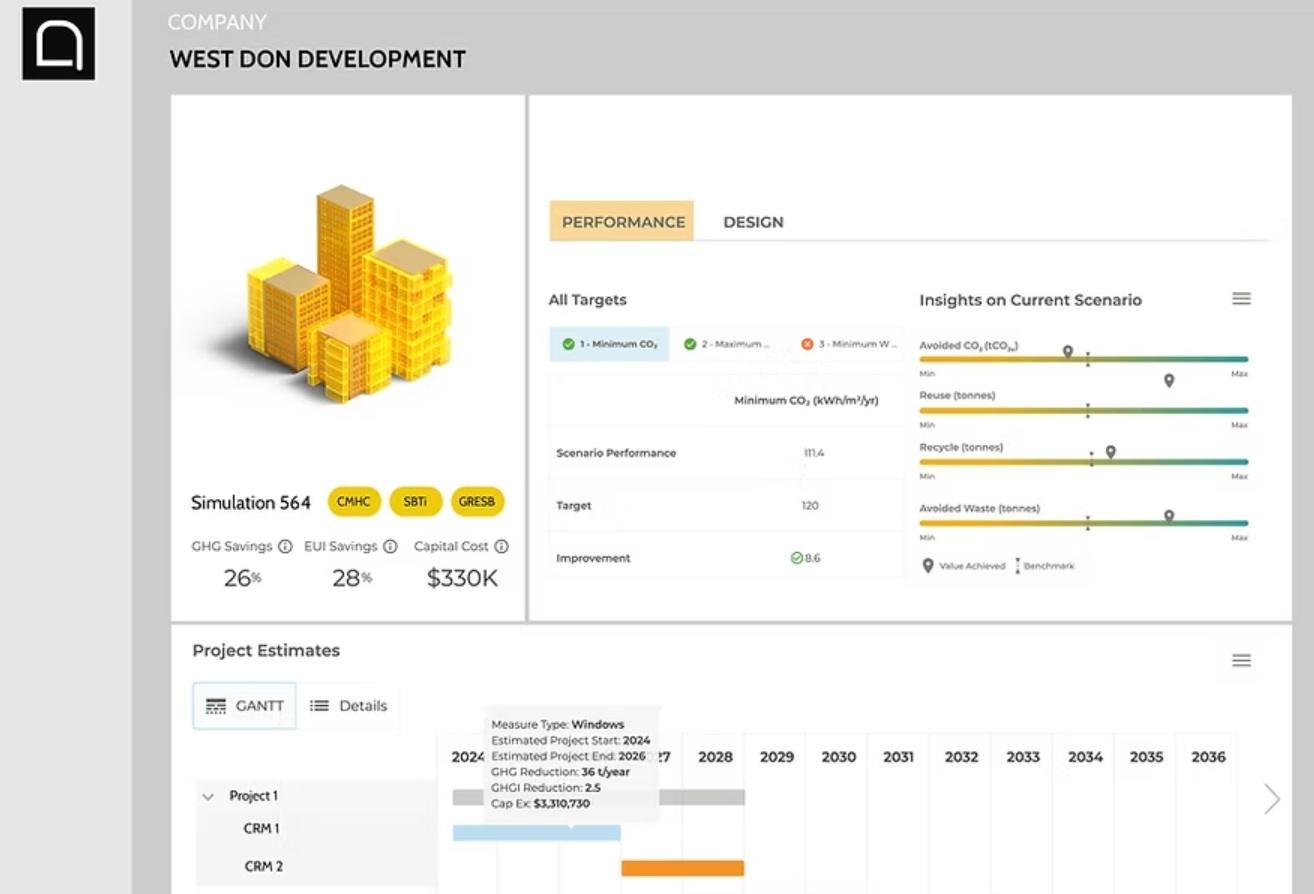Platts Launches Carbon Credit Assessments for Avoidance and Removal Projects
Energy and commodities markets information, benchmark and analytics provider S&P Global Platts announced today that it has commenced publication of a suite of voluntary carbon credit assessments for a variety of project types focused on carbon removal, reduction and avoidance.
Demand for carbon offset projects that counteract the release of greenhouse gases, and related credits, is expected to increase significantly over the next several years, as companies and businesses increasingly launch net zero ambitions, and turn to offsets as a bridge to their own absolute emissions reduction efforts, or to balance difficult to avoid emissions. Platts’ assessments aim to add transparency into the market, enabling investments to be efficiently channeled into the projects.
The launch follows the initiation earlier this year by Platts of the first daily voluntary carbon credit assessments for CORSIA-eligible carbon credits (Platts CEC), aligning with the International Civil Aviation Organization’s Carbon Offsetting and Reduction Scheme for International Aviation, and subsequent launches of Platts CNC, for nature-based carbon credit projects, and Household Device Carbon Credit Projects.
With the new launches, Platts extends its voluntary carbon credit assessments to seven project types, including avoidance based projects (Platts CAC), which reduce the volume of emissions generated and released into the atmosphere, and removal projects (Platts CRC) that actively capture and sequester emissions, in addition to assessments for Renewable Energy carbon credits and Methane Collection Carbon Credits.
Platts shared insights from its new assessments, indicating a wide range of currently available projects and prices, with Platts Renewable Energy assessed at $2.30/mtCO2e at the low end, to Platts Tech Carbon Capture assessed at $100/mtCO2e.
Paula VanLaningham, Global Head of Carbon at S&P Global Platts said:
“Our window to manage the worst effects of global heating has grown ever more narrow. Carbon markets will play a key role in the management of GHG emissions moving forward, in conjunction with heavy cuts. Lack of transparency in voluntary carbon credit markets in the past has been a hindrance to growth and hampered large-scale investment in projects. Platts’ new assessments of Avoidance-based carbon credit projects and Removals-based carbon credit projects will help bring much needed further pricing transparency to the entire market.”





